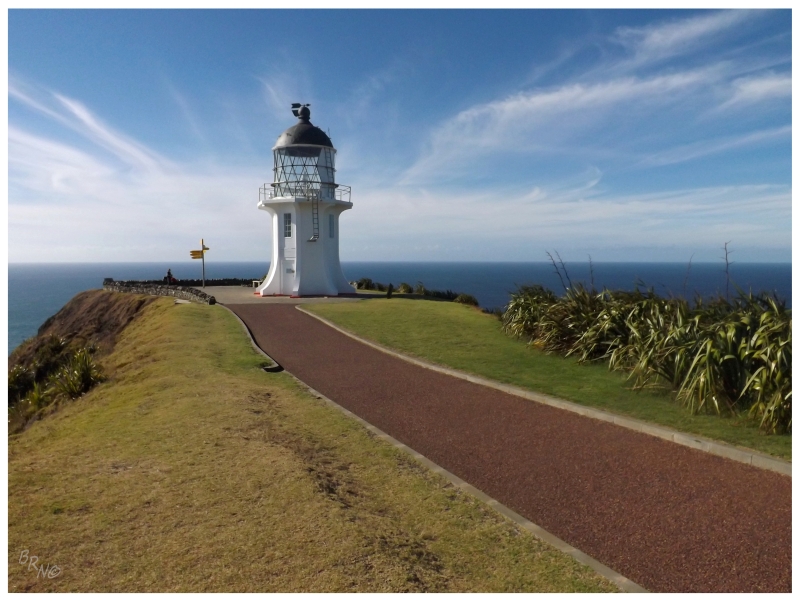Today was my third day in Morocco and last in Essaouira. This morning I had a couple of items to grab in the medina and one last thing to check out before leaving. |
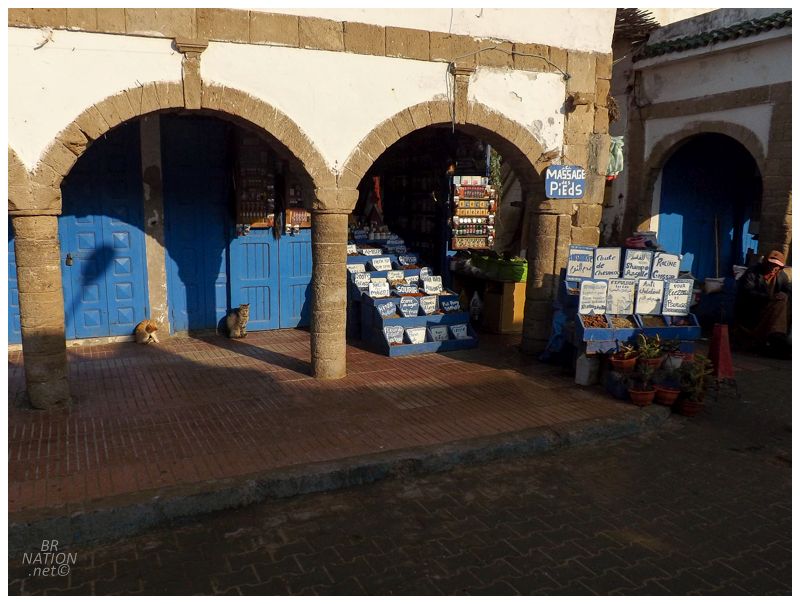
I only made a few turns out of my riad before I noticed a spice shop up ahead. Walking past while slyly side-eying the joint, I noticed the shopkeeper was preoccupied with moving spices between the front and back. Squeezing in without being pestered, I was free to bring up my phone's Notes app and begin working down the shopping list. |

There was one problem though. Only about a month prior, I told Rosie I was headed to Morocco and she excitedly asked if I could pick her up a few different spices. The problem here is that she dictated them, I wrote down what I heard, and now in this tiny shop in seaside Essaouira, the little cardboard labels weren't matching anything I heard 4500km away in St. John's. Amazingly, I also didn't think to Google or spellcheck any of these spices prior to this moment. Getting to the fourth item on the list, I finally spotted Ras El Hanout, a name which is easy enough to sound out it would seem. Having no idea how much spices weigh, I told the shopkeeper some ridiculous measure and now even after giving Rosie over half of the Ras El Hanout, I still have a big ol' bag of it in my basement, haha. |

Next up was buying a trinket for Shelloo. All along I'd been admiring the wood carving shops and now I had a reason to go inside. The shopkeeper was a friendly fellow with a wide smile and soft eyes. He showed me a trick jewellery box, handing me the rectangular piece with 9 different shades of wood. He told me to try and open it. Giving it a fair attempt, I sighed and handed the box back, where he laughed and pushed in one of the side pieces, slid the piece upwards, triggering something inside, and then the shelf slid open. It was pretty damn cool, but I assumed it was out of my price range. He then moved on to another trick box. I gave it a lesser attempt, he took it back, pushed something one way or another, then the top of the box popped off. He then handed me a third trick box, and a fourth, and as someone who gets frustrated when he can't figure out something, I was growing tired of this exercise. (All of the trick boxes were really cool, It's just that I would have preferred if he simply showed me each trick instead of insisting I give each a try.) |

The shop must've had 200 different pieces and worrying that I was going to be here all day giving half-assed attempts at figuring out their secrets, I interjected about the cost of a tiny, wooden tajine. The price was agreeable, but I knew I was supposed to haggle here. "No, no haggling. This is authentic arar, this is a very good price" he coldly, yet politely interjected. I paused in the silence for a second, somehow remembering that you're supposed to haggle in touristy Marrakech, but the shopkeeper was right: my guidebook said that Essaouira prices are set reasonably. In addition, I remembered the guidebook saying something about the fine hardwood pieces the city was known for - which must be this arar. (Arar is Arabic for thuya, a mahogany-like aromatic hardwood from the region.) And so, a wooden tajine from Essaouira now decorates my friend's mantle in Corner Brook. |
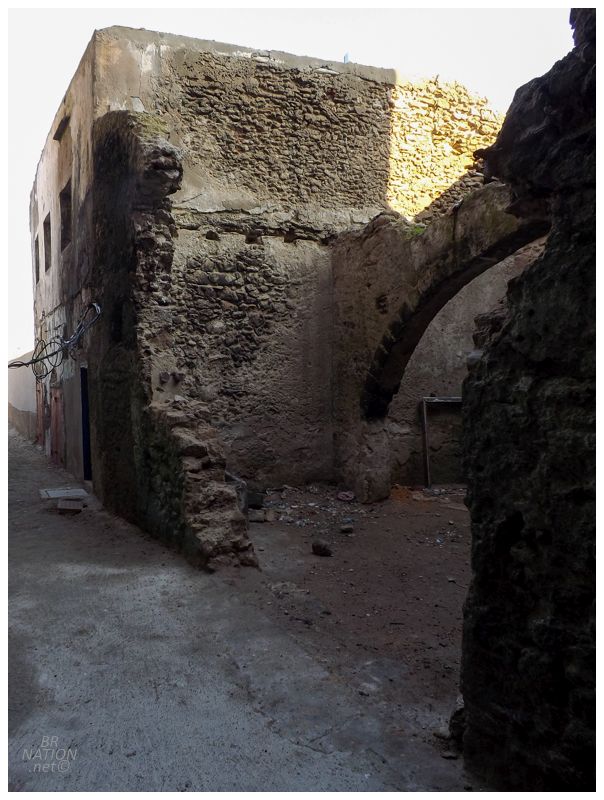
Leaving the woodworking shop, I was now a bit turned around in the medina. Coming to the northern gate after walking and recognizing spaces, I made a turn towards the sea and took the straightforward boardwalk between the seawall and the medina back towards my riad. About halfway back, I noticed a rundown alleyway and checking if the coast was clear, I soon found some ruined arches down said alleyway. |
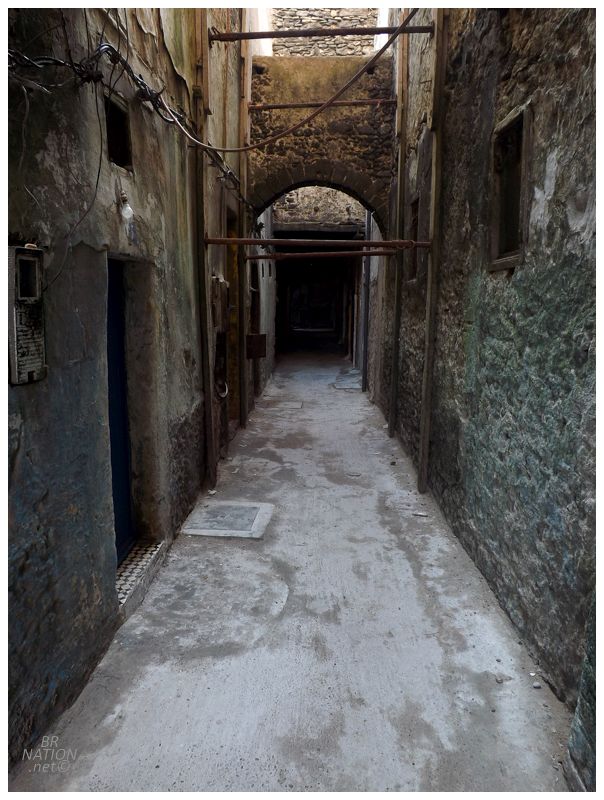
While I'd been going down all of the alleys and dead ends of the medina, this actually felt sketchy, as nothing was painted in bright colours, things were dark and every window and door was seemingly closed or barred. I'd been down some confusing medina alleyways where no one was around, but it wasn't just the solitude here, it was also the dim light. |
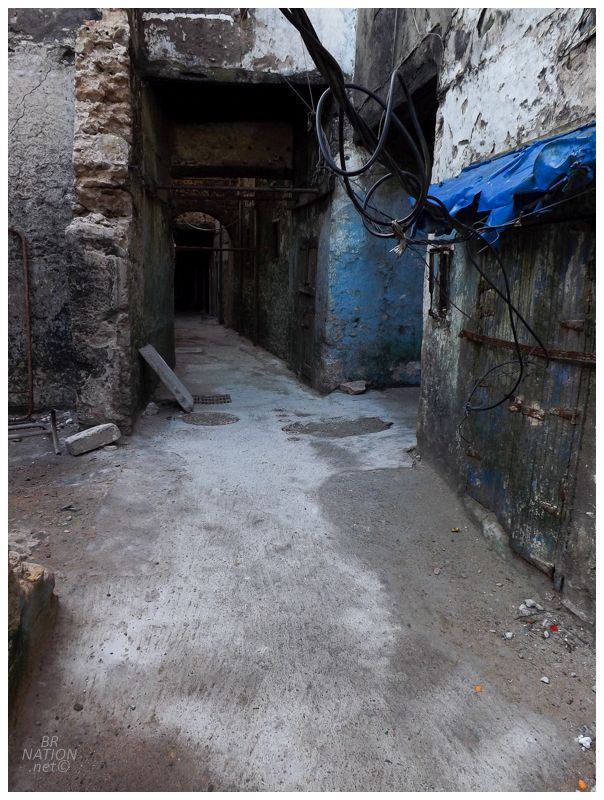
Heading straight, I came to a really dark passage and eventually an almost lightless dead end. This was starting to get creepy and I pondered my decision making and where I found myself. Returning 100 feet back in the direction of daylight, there was one alleyway off to my left that didn't look totally dark and seemed to be in better repair. Deciding to push through and not hastily retreat to the seawall, I sped forward to figure out the deal and either check out something cool, or get back to the area with actual people. |
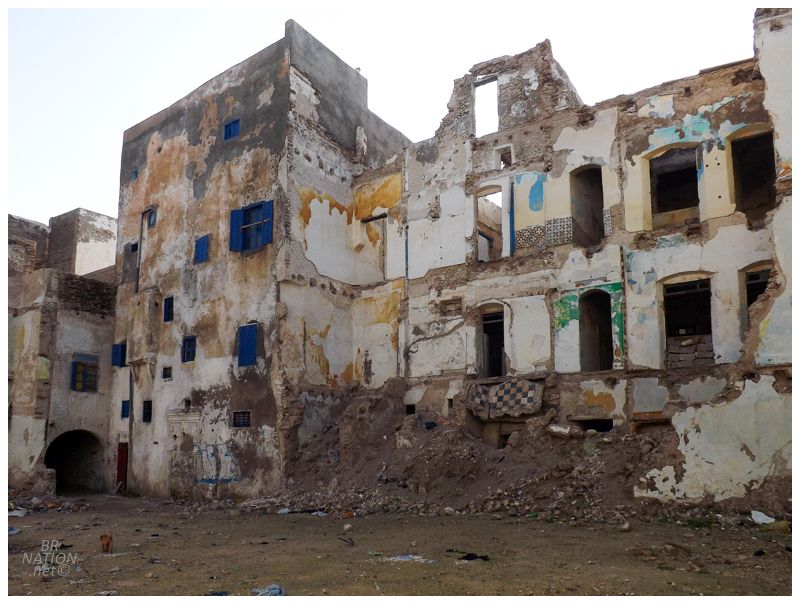
The alley I came out of is that arched one on the left.
Up ahead there was suddenly daylight and bright skies mysteriously spilling down into this no longer dark alleyway. Walking towards the light, I emerged into a vast courtyard where buildings stood at one time, the open ruinous wounds indicating that there must've been something here before and it was knocked down and cleared away. |

I'd only had this feeling of being surrounded by such an immense abandoned structure in Detroit a couple of times, and maybe that hotel in New York State 12 years ago. Unlike that vacant hotel in New York State though, the ruins here were like Detroit where they're even more daunting because of the crumbling walls and doorways. A structure of this scope should have some life to it, but standing here, like standing before Fisher Body 21, there was no life inside and everything was quiet. When you're so used to a structure of this size having hundreds of people inside, your mind almost doesn't want to believe it's all empty. This adds a bit of discomfort when you're in an area where you don't know what the deal is in terms of safety. |
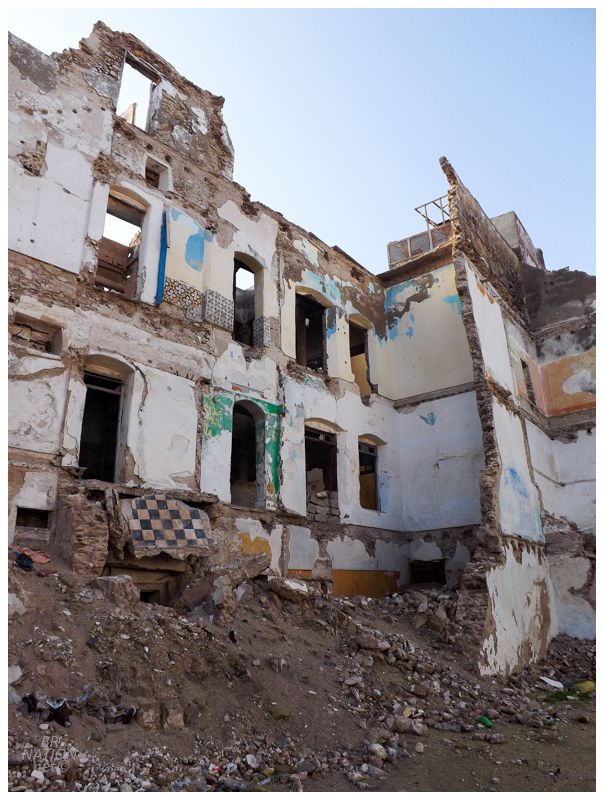
This isn't simply part of the medina that fell into ruin. This is the designated Jewish quarter of the medina, known as a mellah. Unlike the Jewish ghettos of Europe, mellahs were designated by Moroccan sultans to congregate the Jews in one area and protect them from insurgents. Skipping early Moroccan history, by the late 1400s, you had a dynasty known as the Wattasids controlling what is modern-day Morocco. The Wattasids did nothing to prevent or encourage the migration of Jews into Morocco, so following Queen Isabella of Spain giving her 165,000 Spanish Jews an ultimatum of leaving the country or losing their religion, many of the Jews fled to Morocco with 20000 making it their permanent home. The remainder of those who came to Morocco, would continue on to modern-day Algeria and lands controlled by the Ottoman Empire. The Saadian dynasty would take over after the Wattasids, and in order to fund their military endeavours, the Saadians taxed the Jews heavily while also giving them control over exports, leading the Jews to move to Morocco's coastal cities (but remember, Essaouira wasn't established yet). The current dynasty is the Alaouite dynasty, which took power in the 1660s. Following another hundred years of ups and downs, Moulay Mohammed was able to stabilize Morocco and create some order by 1760. Mohammed would send Jews to El Jadida and the newly created port of Essaouira, while also encouraging wealthy Jewish families to send their own family members to Essaouira in order to become traders of goods. In exchange for moving and helping out Essaouira, the Jews were given financial favours and were the first people in Morocco allowed to dress in Western clothing instead of clothing mandated by Islamic law. Jewish residents would soon make up 40% of Essaouira's population. The city would become a bastion of religious tolerance, with the Jews and Muslims living peacefully in one community. |
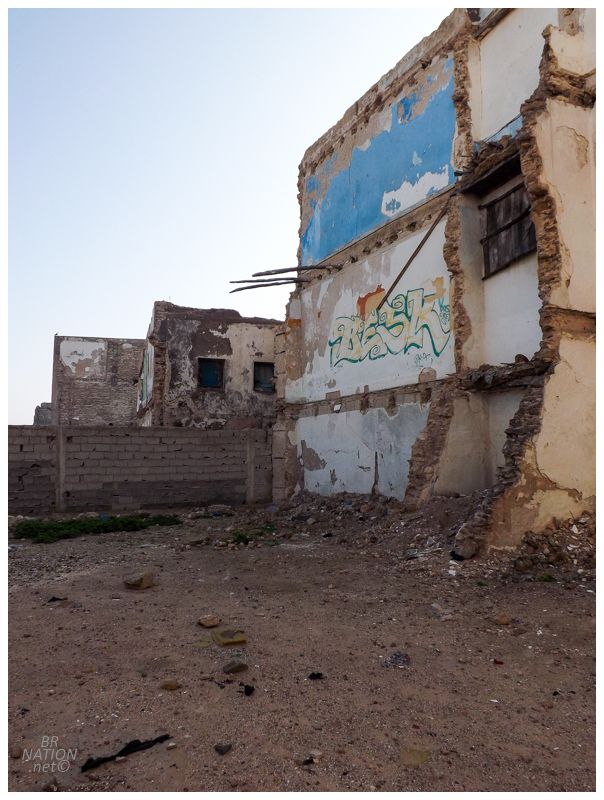
During France's rule over Morocco, German-occupied France enacted laws in 1941 which barred Jews from attending French-speaking schools, set a cap on the number of Jews who could become lawyers or doctors, as well as insisted they wear a yellow star to identify themselves. The sultan at the time, Mohammed V, told Jewish leaders in Morocco that he didn't think the laws were fair and that they were inconsistent with Moroccan law. Following an 1864 decree, Moroccan Jews were to be treated as equals, with justice and impartiality, and prosecution would come to anyone mistreating them. France never really applied these laws in Morocco like they did back home. The Moroccan sultan also snubbed them by inviting rabbis to attend his 1941 throne celebrations and then the Americans would arrive in 1942, effectively repealing France's "Vichy Laws". |

Tensions continued to grow after the war though and the Arab-Israeli conflict would lead Moroccan jews to steadily stream out of Morocco, into Tunisia, and on to Israel by boat. 90% of the country's Jews would leave between the creation of Israel in 1948, and Morocco's independence in 1956. Only about 5000 Jews remain in Morocco today, the majority of them in Casablanca and Rabat. In Essaouira, the number is down to just one man. In the meantime, Essaouira's mellah fell into ruin following total abandonment in the 1980s. Parts have been demolished due to safety concerns and a few buildings have been renovated into riads and shops, while the rest sits derelict. |
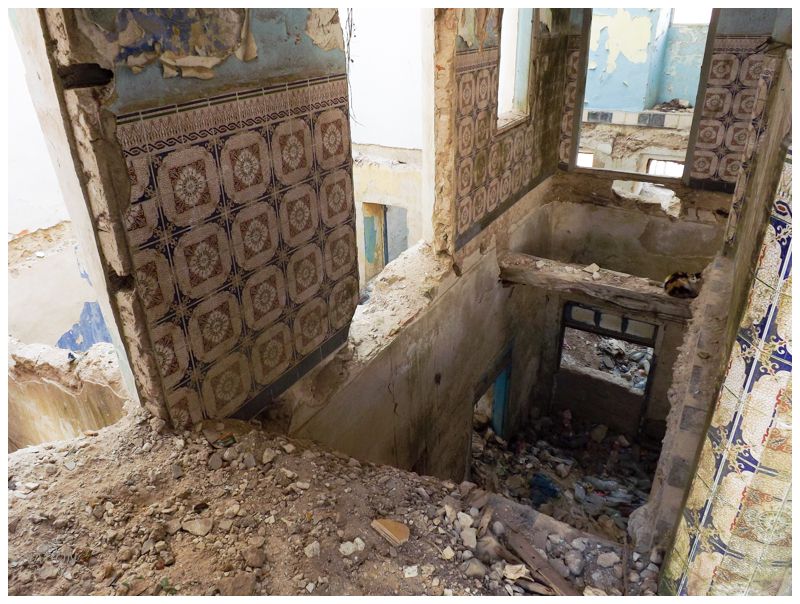
I usually like to get in at the bottom floor of a building in this state. A pile of rubble decorated with trash and feces kept me from easily going down towards the basement floor though, and even as I took a step and tried to go forward, suddenly I heard growling, whimpering and crashing, as stray animals were sent into a panic by the human intruder. Abandoning the bottom floor, I retreated and decided to go up and in the second floor. I scooted my butt up on to a crumbling piece of concrete, pushing off and standing up on this plateau. I could now step inside. Except there wasn't anywhere to go except for maybe the remaining edges of the floor. Regardless, this was exceptionally cool. All along I'd been going through the accommodations of Morocco with a fine-toothed comb, studying in order to get the best bang for my buck in terms of gorgeous zellige tiles and central courtyards - and now I was standing in the abandoned version, with it all to myself. I couldn't really enjoy it though. I couldn't believe how many dogs and cats were inside, with both types of creatures scaring me through random trash rustling noises, and with worries of the little furballs getting hurt while trying to get away from me. After taking a few pictures, I didn't think it was worth it for some poor dog or cat to get hurt because I was trying to bound from one wall ledge to another. I also pictured trying to swing precariously from ledge to ledge, just in time for some dog to lose its shit after I commit myself to no longer being capable of a hasty retreat. |

Going back to the courtyard, there were all these puppies nipping at each other and playing in between my legs. I was somewhat annoyed with trying to keep an eye on them while taking pictures, but the little bastards were cute enough to diffuse my temperament. In the meantime, I could also smell something absolutely delicious. With all of this trash and wild animal feces, I was perplexed that Moroccan food was still good enough to waft into this space and overwhelm the senses...crazy, right? Pulling my hand up once again to steady a picture, I then noticed the force from the swaying bag of Rosie's Ras El Hanout. I was bringing it within six inches of my face with every picture, while trying to juggle my camera and these various bags. I'm such a dope sometimes. |

Mama protects one of the little rapscallions.

I was getting pretty hungry by now, and noticing this funky little patisserie near my riad, I figured I would get something just because of the awesome interior. |

Oh wait a second, I may be on to something here... |

...oh baby, I am definitely on to something. Little sweetly glazed croissant? Don't mind if I do! |

With some actual food in my belly, it was time to get back to the riad and pack things up. It was already around 930 or 10, and I didn't want to be in Essaouira all day. |
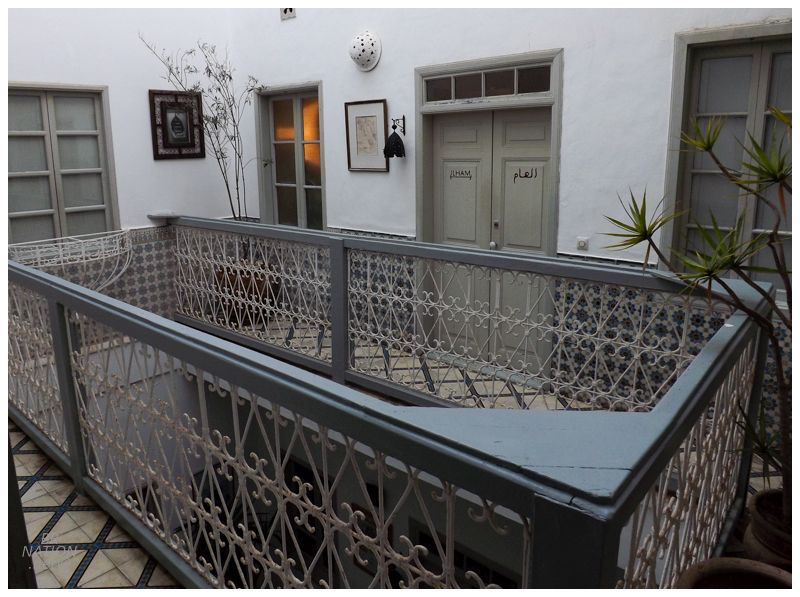
My room was right through that door.
This also seems like a good spot to explain riads, because Essaouira was home to the best one I stayed at during my entire trip. A riad is a traditional Moroccan house of the more wealthy, usually more than 2 stories, and focused around a central courtyard with a fountain and/or a garden. There's also usually going to be more of that zellige tile (the geometric, patterned tile that Morocco is known for) as well as painted Arabic scripts and signs, to go with fancy, patterned handrails. |
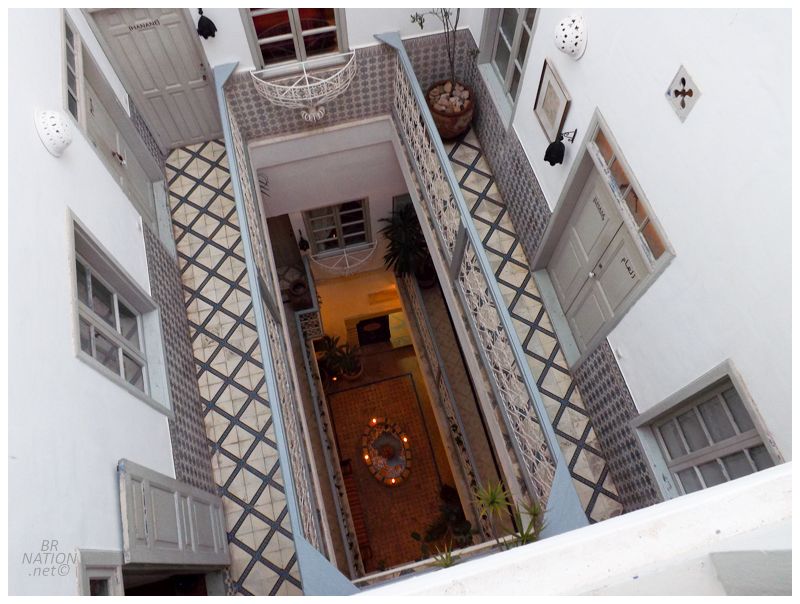
Riads have become really popular in recent years, leading wealthy Moroccans and Europeans to buy up formerly vacant properties and renovate them into these spaces. This is most common in Marrakech and Essaouira. (The Riad Al Zahia has reviews dating back to 2007, so I don't think it's that much of a modern, done-up-so-people-post-it-on-Instagram of place.) Going into this trip, staying at a gorgeous riad might've been item #1 on my to-do list. Unfortunately, it seems like the really spectacular riads are priced as so, and you're not getting a discount where it's a gorgeous riad but the service or breakfast is mediocre. Pouring over Booking.com riads prior to leaving, I discovered this and my Riad Al Zahia was a good compromise of not paying too much, but still having handsome accommodations and getting that Moroccan riad experience. |
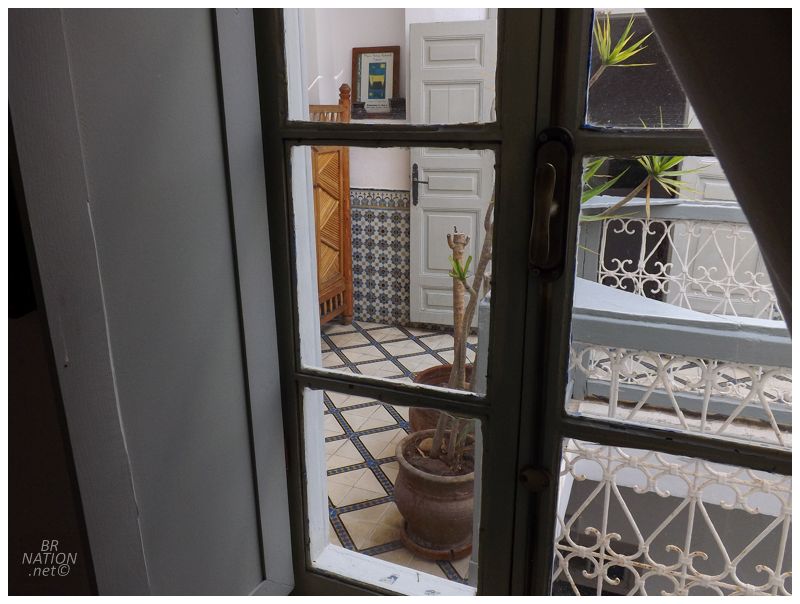
Alas, even as I delayed because I wanted to stay, I still had my bike apart and it was time to go. Continue to Part 5... |
